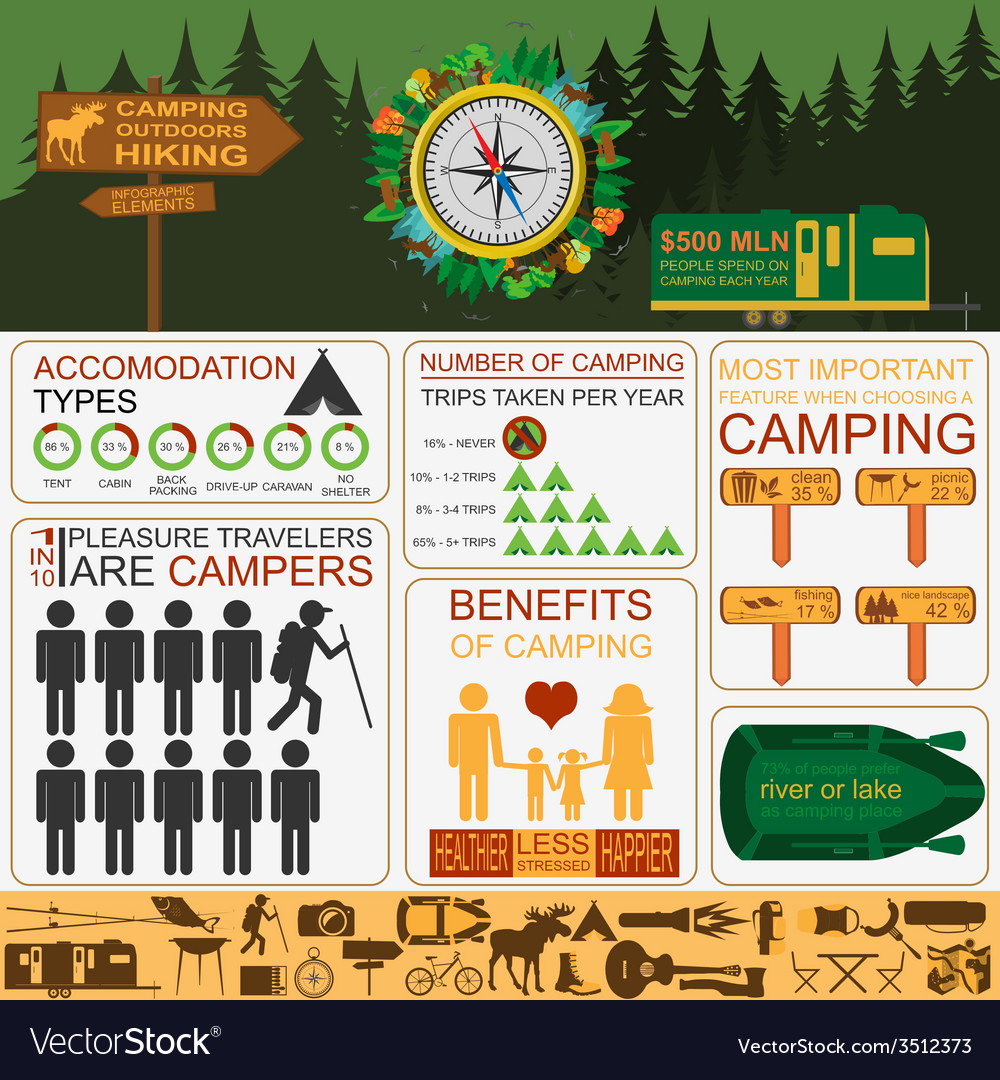Corner angles are very important parts in construction and engineering projects. They provide stamina, sturdiness, and convenience. They are also very easy to set up and can hold up against different ecological elements.
Contractors use numerous kinds of angles to develop solid, stable frameworks. A few of these angles are for aesthetic appeals, while others are made use of to boost access and function.
Strength
The strength of steel angles is important for making certain that frameworks are risk-free and can withstand hefty tons. These components can be made use of for a range of tasks, from enhancing beam of lights and columns to creating structures for shelving and fence. They are also perfect for creating support frameworks in industrial settings.
Curved inside edges are an important part of modern-day design and style, as they help to disperse anxiety uniformly across the material. This can make a material stronger and much less likely to fracture or stop working, particularly in products such as glass, rock, and floor tile.
Spherical corners in rotomolded parts also assist to reduce anxiety concentrations, which can bring about architectural weak points and poor quality. Consequently, Gregstrom Corporation suggests that designers utilize rounded corners when developing rotomolded components. These functions will enhance the total high quality of the finished item and help to make sure that the molded component is solid, resilient, and durable. This will minimize the requirement for repair services or replacements with time.
Longevity
Bent inside edges are an important part of modern engineering and layout, and they can considerably boost the security of frameworks made of stone or glass. They additionally help to evenly disperse tensile and compressive pressures, which reduce the possibility of fracturing or damage.
These angles are crucial to our everyday lives, making it easier for us to move around in our surroundings. For example, mobility device ramps, stairs, and entrances are developed with precise angles to guarantee safety and security and availability. Additionally, the ideal angle is utilized in bridges and buildings to make sure architectural stability.
In geometry, an angle is the factor where two rays satisfy. It is also referred to as a vertex. The 4 edges of a square have an interior angle of 90 levels. Nevertheless, the term is frequently made use of to explain any kind of corner. For example, in photo frameworks, the top and bottom rails need 45 degree mitre cuts. This is since the board widths are different.
Versatility
While the best angle is one of the most typical kind of angle, other types can create unique, functional, and visually attractive frameworks. Whether you're developing a modern coffee table or an industrial-style home, using different angles will help you achieve the preferred visual.
You can make use of light weight aluminum angle to make custom-made braces for safeguarding and enhancing your jobs. These brackets are light-weight and solid, so they can withstand heavy lots and tensions. They likewise are available in a range of sizes and shapes, making them a versatile choice for a vast array of projects.
Many contemporary buildings use rounded inside edges to increase structural security and longevity. These bent corners distribute anxiety throughout the framework to prevent weak spots and cracks. This is a crucial factor to consider for contractors and specialists, especially when dealing with hefty products like rock or floor tile. Developing a curved corner can likewise raise the lifespan of the material and lower upkeep prices. It is necessary to pick the appropriate angles for your project, and to ensure that they are properly installed to stay clear of any kind of possible concerns.
Price
Bent inside edges are a crucial part of modern architecture and engineering, as they play a vital function in raising framework stability and resilience. They also help reduce anxiety distribution and minimize breakage. On top of that, they can boost the aesthetic allure of a framework.
The word "corner" generally, but not constantly, refers to a 90 degree angle. In geometry, nevertheless, the term "angle" is actually a factor where 2 lines or sides meet (or merge). These points are called vertex, and they can be straight or bent.
Utilizing a curved mitre in an image structure, for instance, needs cautious computation. The mitre angle is based on the size ratio of the board at each corner. If the boards are of equivalent size, then they will each need a 45 degree mitre. If the boards are bigger, then they will certainly each require a various angle. This scenario prevails in custom-made structures, where the leading and bottom rails are often wider than the side canvas laptop bag rails.
